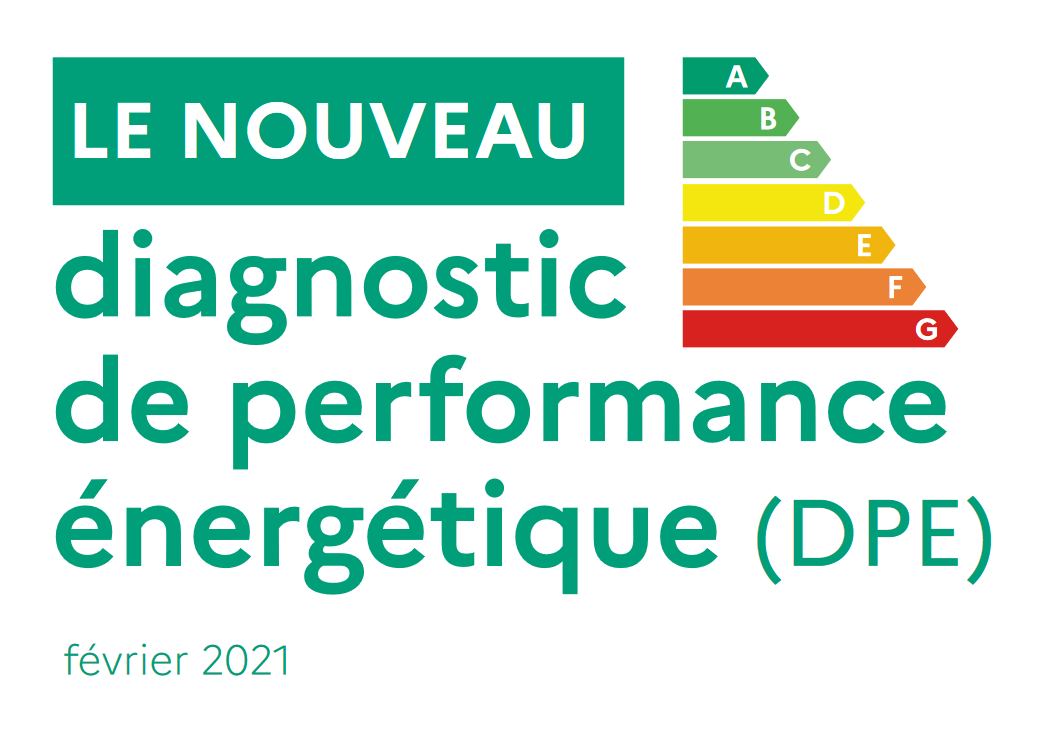Luxury Real Estate: Impact of the DPE on the Sale Price
Luxury real estate is often perceived as a safe and prestigious investment. However, several factors influence the value of a property, among which the Energy Performance Diagnosis (EPD) plays a crucial role. In this article, we will examine how DPE impacts the sales price of luxury properties, while providing practical advice to sellers and buyers.
What is ECD?
The DPE is a mandatory document which evaluates the energy performance of a property. It assigns a grade ranging from A to G, with A being the best performance and G the worst. This diagnosis allows buyers to know the energy consumption and environmental impact of a property.
1. Importance of DPE in luxury real estate
1.1. Buyer expectations
Buyers of luxury goods are often more aware of environmental and energy issues. A favorable DPE can therefore be an important selling point. In a market where properties are differentiated by their comfort, their modernity, and their environmental impact, a good DPE can positively influence a buyer's perception of the property.
1.2. Regulatory standards
In recent years, French regulations have imposed increasingly strict energy performance requirements. Indeed, properties classified F or G are doomed to gradually disappear from the market, which can considerably reduce their attractiveness. This means that an unfavorable DPE can cause a property's value to drop, making it less attractive to potential buyers to purchase.
2. Impact of the DPE on the sale price
2.1. Property valuation
Properties with a DPE classified A or B can sell for up to 20% more than those classified C or D. Indeed, these properties are often considered long-term investments, offering savings on energy bills and better comfort of life. Buyers are willing to pay more for a home that is energy efficient and environmentally friendly.
2.2. Price negotiation
An unfavorable DPE can also play a role during negotiations. Buyers can demand a price reduction to compensate for the work necessary to improve the energy performance of the property. This can lead to significant financial losses for sellers if the DPE is too low.
2.3. Evolution of trends
The real estate market is constantly evolving, and energy performance has become an essential selection criterion for many buyers. Trends show that properties with good energy performance sell faster than those that do not meet these standards.
3. Advice for sellers
3.1. Make a DPE before putting it on sale
It is wise to carry out a DPE before putting your property up for sale. This will allow you to know its ranking and identify the work to be carried out to improve its performance. A good DPE can be a marketing asset when selling your property.
3.2. Investing in energy improvements
Before selling, consider investing in energy improvements. This may include insulating the attic, replacing windows with double-glazed models, or installing a more efficient heating system. These improvements can increase the value of your property and attract more buyers.
3.3. Highlight ECD in advertisements
When writing your ad, don't forget to mention the DPE and the improvements made to the energy performance of your property. This can attract potential buyers and encourage them to view your property.
4. Advice for buyers
4.1. Check the DPE before purchasing
Before purchasing a luxury property, it is essential to consult the DPE. This will give you an idea of the energy costs to be expected and the environmental impact of your future property.
4.2. Anticipate the necessary work
If the DPE is unfavourable, it is important to anticipate the work necessary to improve the energy performance of the property. This may influence your purchasing decision and the price you are willing to pay.
4.3. Negotiate the price based on the DPE
Use the DPE as leverage during negotiations. If the rating is low, don't hesitate to ask for a price reduction to offset renovation costs.
5. Practical cases and testimonials
5.1. Case 1: A villa with a DPE A
A villa located on the French Riviera, with an A-rated DPE, sold for a price 15% higher than similar properties in the region. Buyers were attracted by the potential energy savings and the comfort of life it offered.
5.2. Case 2: An apartment with a DPE E
Conversely, an apartment in Paris with a DPE classified E has seen its sale price considerably reduced. Buyers were hesitant to invest in a property requiring improvements, and the seller had to accept an offer lower than his expectations.
Conclusion
The DPE has a significant impact on the sale price of luxury properties. Whether you are a seller or a buyer, it is essential to take this diagnosis into account in your decisions. For sellers, a favorable DPE can be a major asset, while an unfavorable DPE may require additional efforts to value the property. For buyers, the DPE is an essential tool for assessing the future costs associated with purchasing a property.




